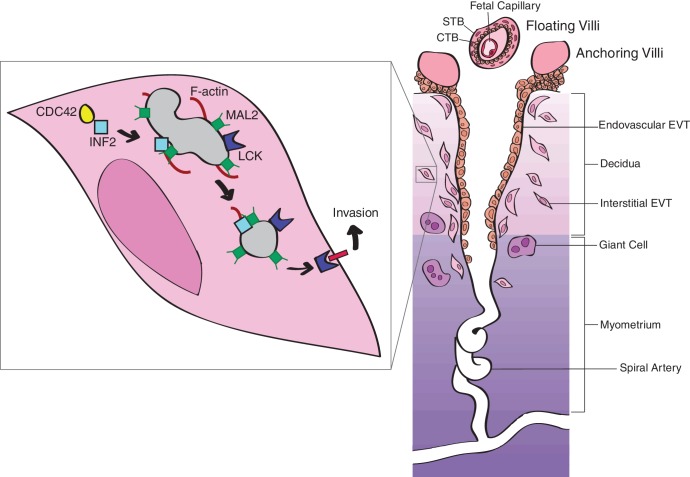Figure 8. Proposed model of INF2-mediated trophoblast invasion and spiral artery remodeling.
Intracellular transport along microtubule tracks is facilitated by the binding of INF2 to MAL2-coated vesicles or lipid rafts. By binding microtubules and active CDC42, INF2 regulates formation of actin filaments, driving transport of vesicles (Antón et al., 2008; Antón et al., 2011; Ness et al., 2013). LCK cargo is transported to the plasma membrane, causing cytoskeletal changes necessary for EVT invasion and, consequently, spiral artery remodeling (Moffett-King, 2002). In the absence of INF2, LCK is restricted to the perinuclear region of the trophoblast, preventing activation of the signaling cascade necessary for formation of invasive actin-rich structures. Failure of invasion impedes spiral artery remodeling, leading to disease. Figure based on (Moffett-King, 2002). Reprinted with permission from Macmillan Publishers Ltd: Nature Reviews Immunology (Moffett-King, 2002), copyright 2002.

